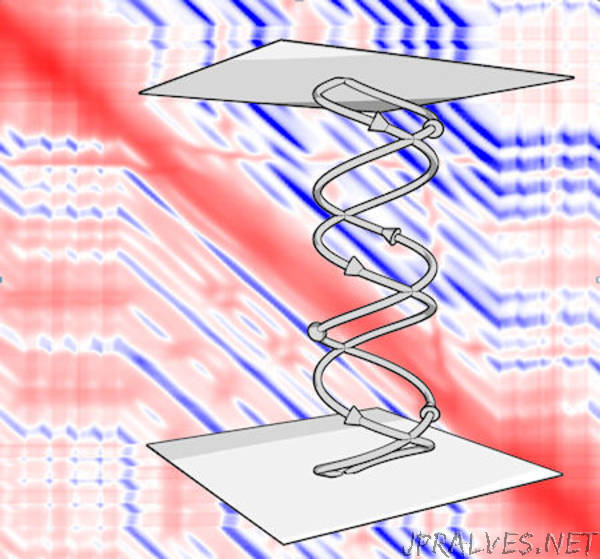
“Researchers at The University of Manchester have discovered unexpected phenomena in graphite thanks to their previous research on its two-dimensional (2D) relative – graphene.
The team led by Dr Artem Mishchenko, Prof Volodya Fal’ko and Prof Sir Andre Geim, discovered the quantum Hall effect (QHE) in bulk graphite – a layered crystal consisting of stacked graphene layers. This is an unexpected result because the quantum Hall effect is possible only in two-dimensional materials where the movement of electrons’ motion is restricted. They have also found that the material behaves differently depending on whether it contains odd or even number of graphene layers - even when the number of layers in the crystal exceeds hundreds. The work is an important step to the understanding of the fundamental properties of graphite, which have often been misunderstood.
“For decades graphite was used by researchers as a kind of ‘philosopher’s stone’ that can deliver all probable and improbable phenomena including room-temperature superconductivity,” Geim commented. “Our work shows what is, in principle, possible in this material, at least when it is in its purest form.”
In the work, published in Nature Physics, Mishchenko and colleagues studied devices made from cleaved graphite crystals, which essentially contain no defects. The researchers preserved the high quality of the material by encapsulating it in another high-quality 2D layered material – hexagonal boron nitride. This allowed nearly perfect samples of thin graphite to measure electron transport in this material.
“The measurements were quite simple.” explains Dr Jun Yin, the first author of the paper. “We passed a small current along the device, applied strong magnetic field and then measured voltages generated along and across the device to extract longitudinal resistivity and Hall resistance.
Prof Fal’ko who led the theory exploration said: “We were quite surprised when we saw the quantum Hall effect accompanied by zero longitudinal resistivity in our samples. These are thick enough to behave just as a normal bulk semimetal in which QHE should be strictly forbidden.”
The researchers say that the QHE comes from the fact that the applied magnetic field forces the electrons in graphite to move ‘in a reduced dimension’, with conductivity only allowed in one direction. Then, in thin enough samples, this one-dimensional motion can become quantized thanks to the formation of standing electron waves. The material goes from being a 3D electron system to a 0D one, with discrete energy levels in a magnetic field.”
